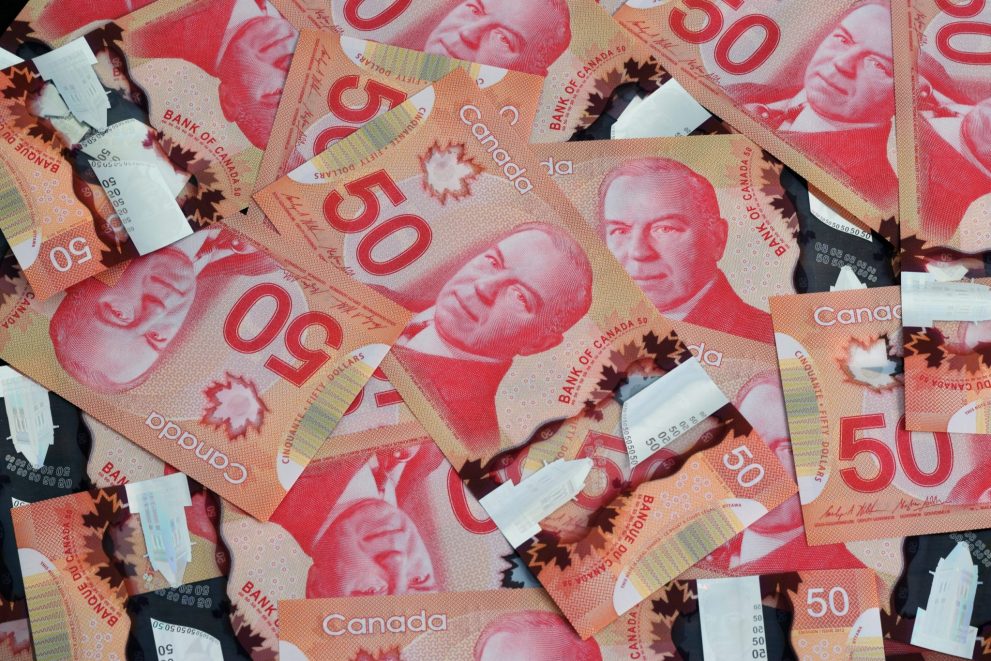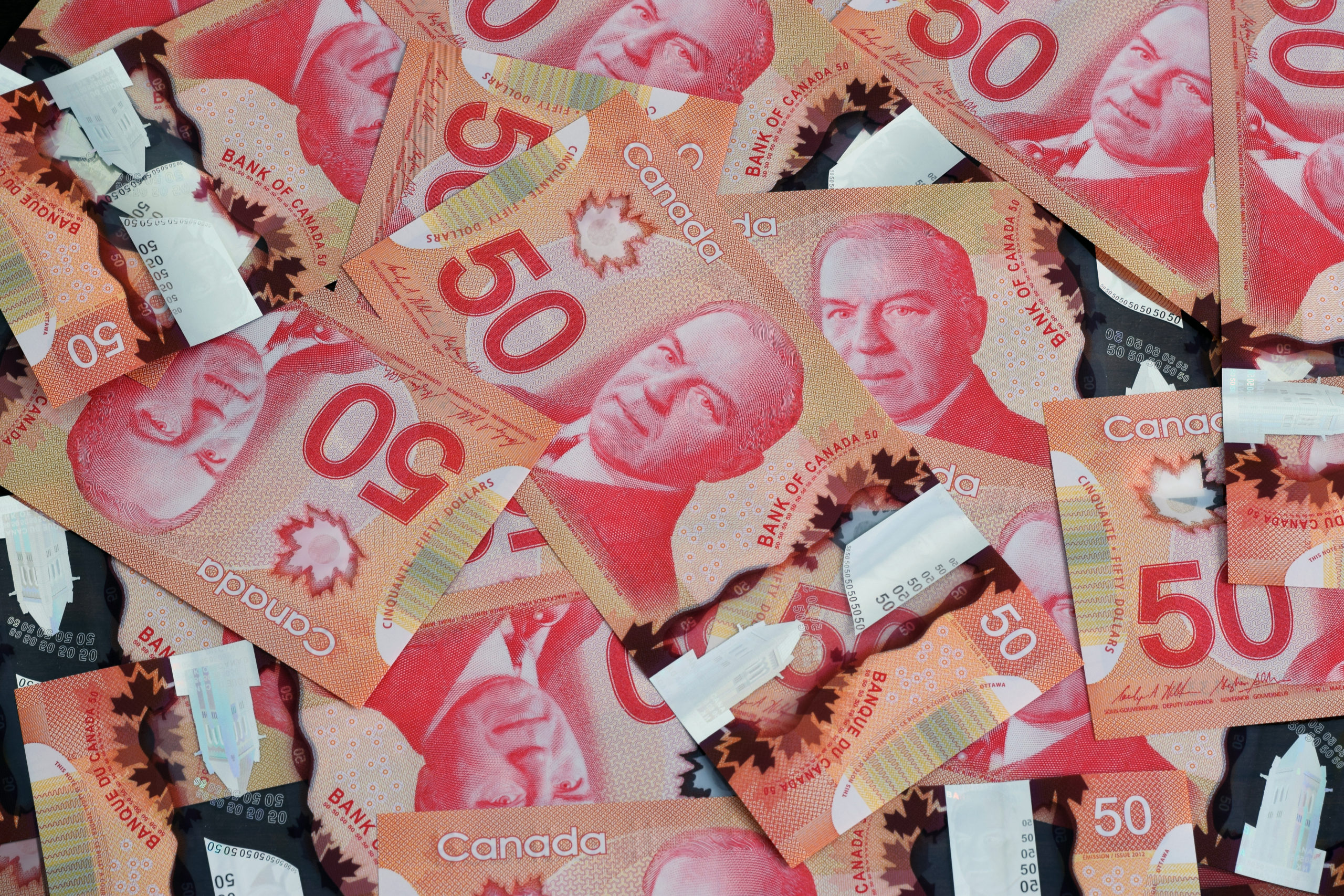
 Rising oil prices continue to drive the Canadian dollar higher and there’s every indication that we’re not at the top just yet.
Rising oil prices continue to drive the Canadian dollar higher and there’s every indication that we’re not at the top just yet.
“The dollar has been on an absolute tear,” said James Telfser, portfolio manager for Aventine Investment Counsel, who spoke on BNN Bloomberg on Wednesday.
“It doesn’t seem inconceivable to us that oil continues to rally and commodities continue to rally here. We’ve seen no signs of that slowing down,” he said.
“Inflation has been persistent and it will likely continue, and in that environment the Canadian dollar is going to outperform, and so I wouldn’t be surprised to see a little bit more here,” Telfser said.
The loonie has been taking a bit of a breather over the past couple of weeks, dropping to 82.14 cents to the US dollar, while still remaining the top-performing Group of 10 currency this year, gaining over five per cent to the American dollar. The dollar rose above 83 cents a week ago, a far cry from the $0.70 territory it hung around in March and April last year. The dollar had dipped before to $0.70 in 2016 when oil prices slumped but aside from that, you’d have to go all the way back to 2003 for the last time the loonie was worth less than 70 cents to the US dollar.
West Texas Intermediate crude won’t stop climbing, either, with the oil benchmark reaching above $71 on Friday, which is getting close to doubling its value as of one year ago. The trend for Western Canadian Select has been just as impressive, going from $28.26 per barrel a year ago to now above $56.00.
Oil’s return to form — prices haven’t been at these levels for two years — is a boon for the Canadian economy and a shot in the arm for boom and bust provinces like Alberta, but the rise in oil prices this time around has come alongside a surging Canadian dollar.
And while typically problematic for export commodities like oil and automobiles, the rising Canadian dollar may not be as impactful on Canada’s economy this time around, as the global recovery from the pandemic has brought its own features to the table, including a wealth of consumers with plenty of extra cash to spend. That bodes well for exports, which make up about a third of Canada’s GDP.
“The appreciation that we are seeing in the currency now is less of an issue than in most other appreciations that we have seen,” said Peter Hall, chief economist at Export Development Canada, according to the Globe and Mail.
“There are not enough goods and services available to satisfy the demands of the marketplace at the moment. And in that case there is probably pricing power,” Hall said.
Inflation has been an issue, with the Consumer Price Index climbing to 3.4 per cent in April, the highest in about a decade and a reflection of higher prices for goods such as gasoline. The Bank of Canada recently said the CPI will continue around the three-per-cent mark through the summer and then lessen in the fall. A rising dollar while bad for exports can lessen inflation by reducing the cost of imported goods.
Telfser said a change in the inflation picture could impact the dollar’s trajectory, as well.
“The positioning on [the Canadian dollar] is pretty extreme at this point, so if things start to move the other way, say, we get a miss on inflation for the next two months, things can move the other way pretty dramatically on both commodity prices and the Canadian dollar,” Telfser said.
“But for now we think it’s going to continue to do well,” he said.
Earlier this week, Canada’s central bank decided to hold steady on key interest rates, saying a hike to rates might not come until the second half of 2022 at the earliest. The BoC stayed with its overnight policy rate at 0.25 per cent, just where it has been since March of last year.
“The Governing Council judges that there remains considerable excess capacity in the Canadian economy and that the recovery continues to require extraordinary monetary policy support,” a statement from the Bank of Canada read on Wednesday.
“We remain committed to holding the policy interest rate at the effective lower bound until economic slack is absorbed so that the two-per-cent inflation target is sustainably achieved. In the Bank’s April projection, this happens sometime in the second half of 2022,” the statement said.
The BoC said global economic activity is picking up as vaccination rates rise and COVID-19 cases fall, although growth “remains uneven across regions,” the statement said.
“The US is experiencing a strong consumer-driven recovery and a rebound is beginning to take shape in Europe, while a resurgence of the virus is hampering the recovery in some emerging market economies. Financial conditions remain highly accommodative, reflected in broadly higher asset prices. Commodity prices have risen further, notably oil, and the Canadian dollar has seen a further appreciation,” the Bank said.
Leave a Reply
You must be logged in to post a comment.



 Share
Share Tweet
Tweet Share
Share




Comment